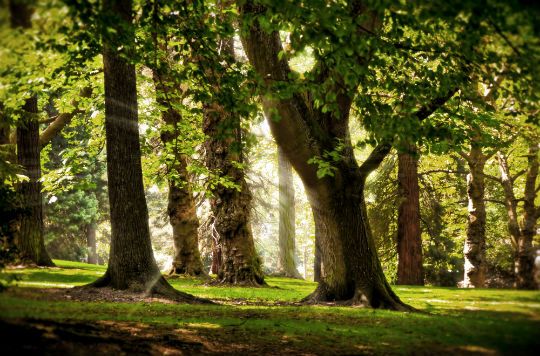Trees, those majestic giants of nature, play a crucial role in our ecosystem. From providing oxygen to creating habitats for various species, their significance cannot be overstated. One curious question that often arises is, “How much does a tree weigh?” Let’s delve into the factors influencing a tree’s weight and explore the fascinating world of arboreal mass.
The Basics: What Contributes to a Tree’s Weight?
1. Water Content: The Heavy Hydration
Trees are comprised of a substantial amount of water. The water content varies between species, but on average, it constitutes a significant portion of a tree’s weight. In fact, some trees can be up to 50% water by weight. This dependence on water is not only for the tree’s survival but also influences its overall mass.
2. Species Variability: Not All Trees Weigh the Same
Different tree species have distinct characteristics, including varying densities and sizes. For instance, hardwood trees are generally denser than softwood trees, contributing to their heavier weight. The type of tree can significantly impact its overall mass.
3. Size Matters: The Role of Tree Dimensions
Unsurprisingly, the size of a tree plays a crucial role in determining its weight. Larger trees with wider trunks and taller canopies naturally have more mass than their smaller counterparts. The age of a tree is also a factor, as older trees tend to be larger and, consequently, heavier.
Calculating Tree Weight: Methods and Challenges
1. Estimation Techniques: An Inexact Science
While there are methods to estimate a tree’s weight, it’s essential to recognize that these calculations involve a degree of approximation. Various formulas take into account factors like diameter, height, and species to provide an estimate, but they may not be entirely accurate due to the natural variability among individual trees.
2. Weighing Challenges: The Limitations of Precision
Weighing a tree directly is a challenging task. Traditional methods involve felling the tree and then using scales to measure its weight. However, this approach is impractical, environmentally unfriendly, and not always feasible. As a result, researchers and arborists often rely on indirect methods for estimating tree weight.
Environmental Impact: Trees as Carbon Storehouses
1. Carbon Sequestration: A Vital Environmental Role
Beyond their aesthetic and ecological value, trees serve as crucial carbon sinks. They absorb carbon dioxide during photosynthesis, converting it into oxygen and storing carbon in their biomass. The weight of a tree, therefore, represents its contribution to mitigating climate change by sequestering carbon.
2. Forest Management: Weighing the Importance
Understanding the weight of trees is fundamental in forest management. It aids in assessing the carbon storage capacity of a forest, influencing decisions related to conservation and sustainable forestry practices. Accurate estimations of tree weight contribute to informed environmental stewardship.
Notable Tree Weight Records: Exploring Arboreal Giants
1. Sequoias and Redwoods: The Titans of the Forest
Some tree species are renowned for their colossal size and weight. Sequoias and redwoods, for example, are among the heaviest trees on the planet. The General Sherman Tree, a giant sequoia, holds the title for the world’s most massive living organism by volume, showcasing the extraordinary weight these arboreal wonders can attain.
2. Ancient Trees: A Weighty Legacy
Older trees often accumulate more mass over time. The Ancient Bristlecone Pine, one of the oldest known living trees, stands as a testament to this principle. Its age and size contribute to a substantial overall weight, highlighting the correlation between a tree’s longevity and its mass.
Conclusion: Appreciating the Weighty Wonder of Trees
In our exploration of the weight of trees, we’ve uncovered the intricate factors influencing their mass. From water content to species variability, size, and environmental impact, the weight of a tree is a multifaceted aspect of its existence. Recognizing the importance of accurate estimations contributes not only to scientific understanding but also to informed environmental conservation efforts.
As we marvel at the giants of the forest, let’s appreciate not just their height and breadth but also the sheer weight they bear in sustaining life on Earth. The next time you stand beneath the shade of a tree, ponder for a moment on the hidden weight of this natural wonder, silently contributing to the balance of our planet.
In conclusion, the weight of a tree is more than just a number; it’s a testament to the interconnectedness of nature and a reminder of the vital role these arboreal beings play in maintaining the health of our planet.
